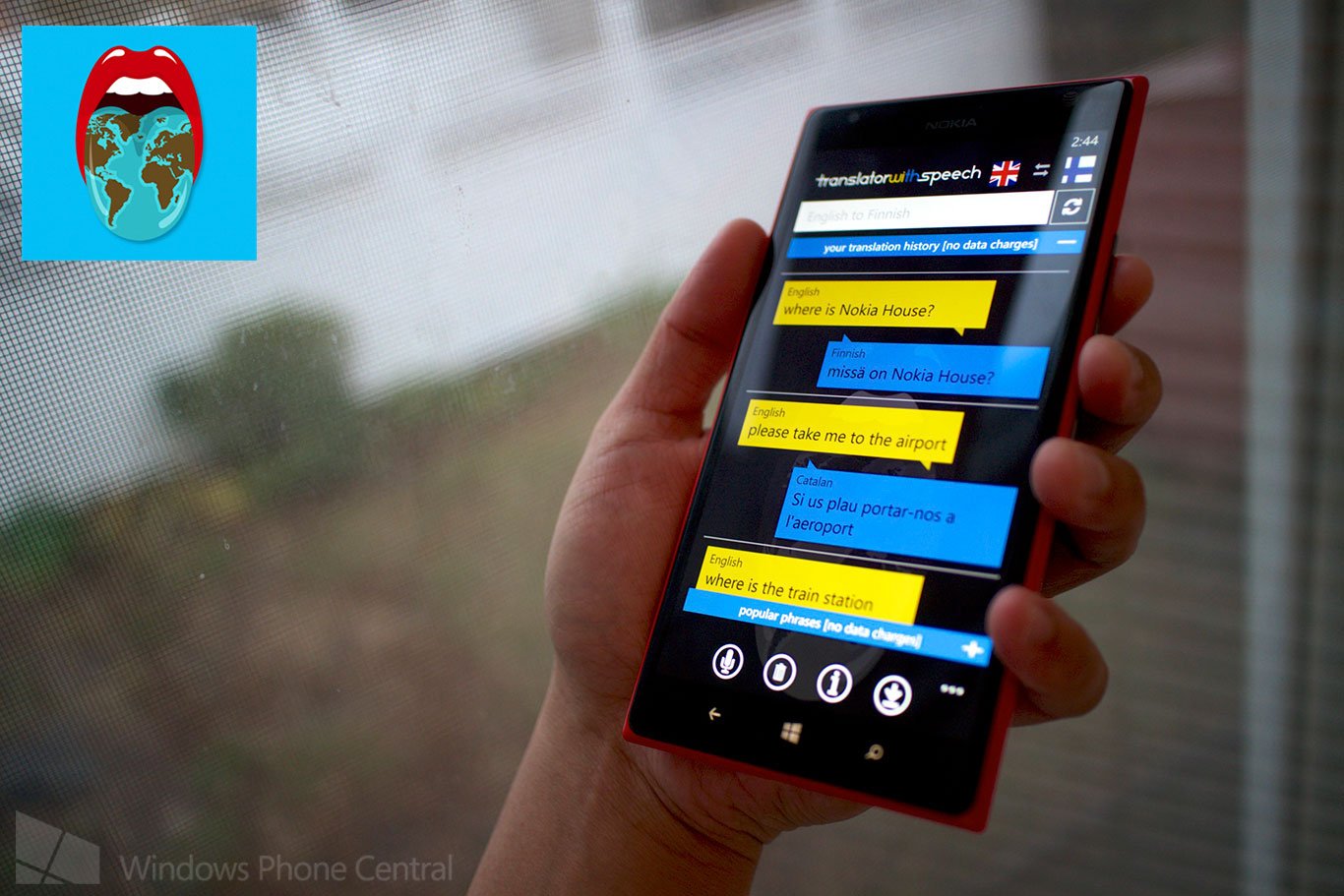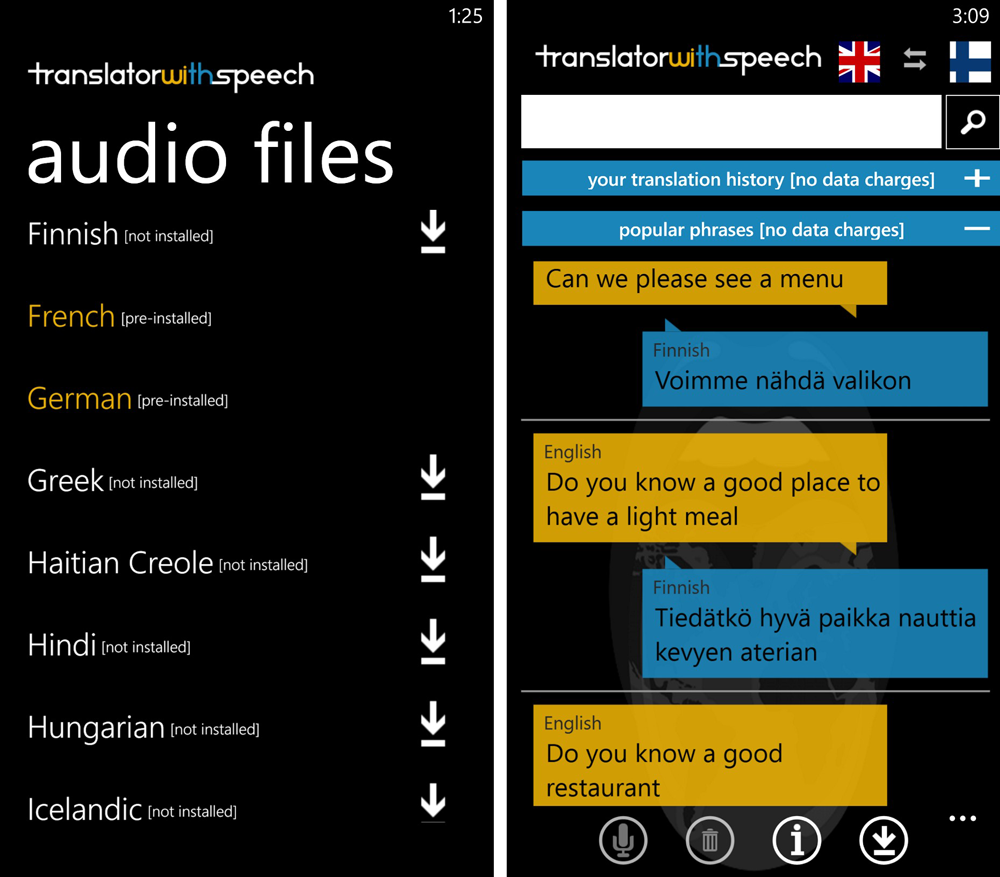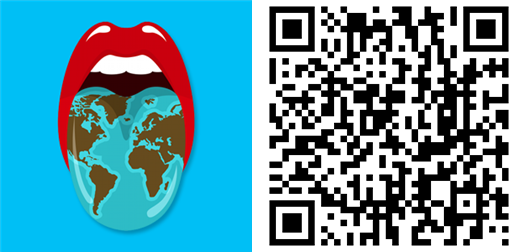
When you travel, it’s handy to have a translation app on your phone. One app you might want to install before leaving on your trip is Translator with Speech. It is usually listed among the top-paid and best-rated language apps for Windows Phone. It has also just received an update to version 2.2, adding more languages.
Head past the break for our hands on video and walkthrough.
Using Translator with Speech is very straightforward. There are two flags on the upper right corner that you can click on to change languages. Pressing the arrows switches their positions. You can use the text bar to type what you need to translate, or tap the microphone to input with your voice.
After a few seconds, the translation appears in blue and gets played via your phone’s speakers.

There’s also offline translation available if you don’t have connectivity. There are a few hundred popular tourist phrases like, “What do you recommend,” or, “Where’s the toilet.” 10 language files are already pre-installed and you can download the rest as needed before your trip. Translator with Speech currently supports 54 languages, recently adding voice recognition for Afrikaans, Arabic, Hebrew, and Malay in version 2.2 (for Windows Phone 8 only).
To save on roaming or data charges, your previous translations are also saved for later playback.

There are several other things you can do with the translations. Press and hold the translations to see the options. You can post translated text to social networks like Twitter and Facebook. You can also send the text via message or email. There’s also an option to copy the text into the clipboard.
Get the Windows Central Newsletter
All the latest news, reviews, and guides for Windows and Xbox diehards.
Developed by Brillisoft, Translator with Speech is available at the Windows Phone Store for $2.99. There’s also a free trial available. Is this your favorite translation app for Windows Phone or do you have something else in mind? Let us know in the comments!


